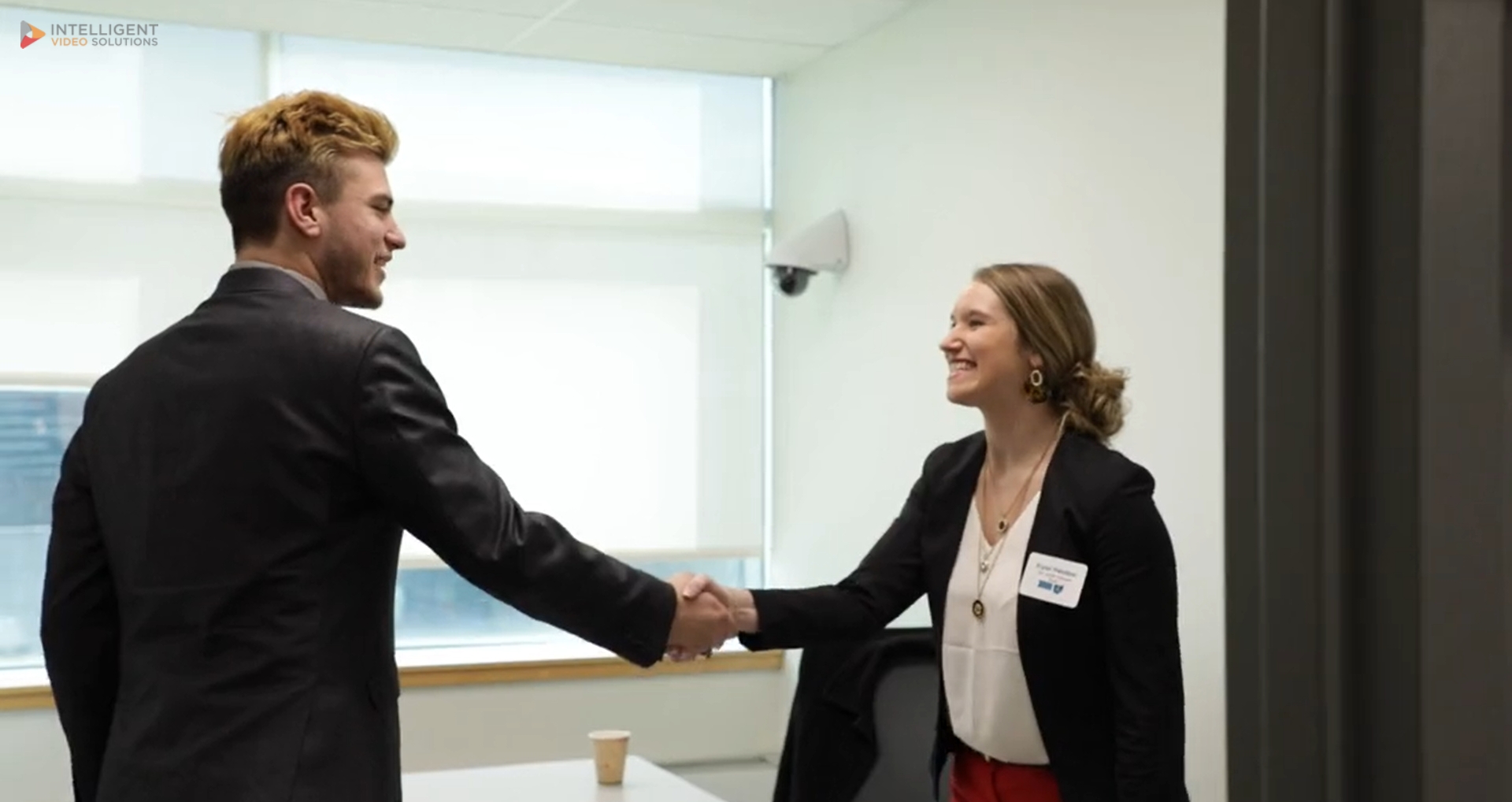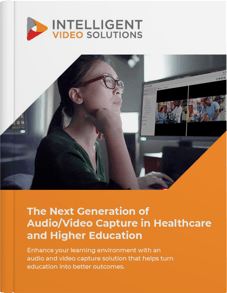Audio/video technology helps address job-related turnover in higher education as institutions face growing pressure to increase enrollment and decrease the number of employees and services offered.
Employee retention is how many of an organization’s employees stay per year, and employee turnover is how many employees leave per year. Addressing turnover and improving retention helps organizations understand why employees leave their workplace. According to the 2022 Retention Report by Work Institute, there are eleven categories employees cite as reasons for leaving their job.
- Out of eleven, the first reason was career advancement.
- The second reason, and second most important reason, is job-related (i.e. stress, resource availability, the job or product itself, and training). In a breakdown of job-related sub-categories, workload/stress made up almost half (47.2%).
Why does employee retention matter?
Why does employee retention matter? Employee turnover includes calculable costs like time spent interviewing candidates and training new hires, overtime pay to cover gaps, and severance pay.
According to the Society for Human Resource Management (SHRM), the cost of replacing an employee is about one-third of the employee’s annual earnings. A specific example they cite is registered nursing turnover in hospitals, “Each percentage change in registered nursing turnover will cost, or save, the average hospital $337,500” or example, decreasing the turnover rate by just 3 percent could save a hospital about a million dollars.
The Ripple Effect of Turnover in Healthcare Higher Education
Turnover also results in incalculable costs like loss of knowledge, increased stress among remaining colleagues who have to pick up the slack, and damaged reputation due to poorer outcomes and services.
In higher education, turnover contributes to the educator shortage, which causes shortages in other industries. According to the American Association of Colleges of Nursing (AACN), a shortage of nurse educators in higher education is correlated with a shortage of nurses in healthcare.
The AACN lists the following as reasons for reduced acceptance of student applications:
- Lack of faculty
- Clinical sites
- Classroom space
- Clinical preceptors
- Budget
They suggest one way to address the shortage of nurse educators is to find ways to expand student capacity.
If stress and resource availability contribute to employee turnover, how can higher education institutions increase student capacity without causing burnout? Audio/video technology helps educators do more with less.
Ensuring Quality Education with Limited Resources
A recent Inside Higher Ed article compared tuition and inflation, and expert reactions included in the article suggest if institutions can’t raise tuition to cover their costs, they may have larger classes, but fewer faculty and services over all, which sounds like a recipe for increased employee turnover rates.
An audio/video system helps maintain quality education standards, reputation and employee retention in the face of such reductions by maximizing remaining available resources via streaming and recording video.
So how does one justify the cost of a video capture system in the face of budget cuts? When the cost of a system is less than the cost of doing nothing. If doing nothing leads to the measurable and immeasurable costs of employee turnover, or loss of accreditation (which is tied to funding), then an audio/video system becomes essential.
The Importance of Remote Observation
Case in point, faculty can’t be in multiple places at one time, but streaming live video is pretty close. Cloud-based deployment methods allow faculty to observe student simulation, skills practice, presentations, and research from any location and multiple locations simultaneously. Remote observation maximizes faculty time, eliminates stressful coordination of schedules, and facilitates supervision of more than one student or group of students at a time.
Maximizing Classroom and Lab Space
In addition to improving efficiency, remote observation via a network-based audio/video system also creates more space. An IP-based or network-based A/V system allows faculty to observe from any networked device, so dedicated observation rooms may be converted into additional classroom or lab space.
Or, if you don’t have sufficient seats in your classroom for the quantity of students in the class, educators may use an audio/video system to stream lectures, presentations or skills demonstrations to students at remote locations, such as an adjacent conference room or lecture hall. Mobile recording options are also available, so you can still have the benefits of streaming and recording video even if classroom space is shared, or the budget does not support a permanent audio/video installation.
Addressing the Student-to-Faculty Ratio Challenge
As the ratio of students to faculty increases, so does the challenge of providing 1:1 coaching to the students. Use video recording to capture students practicing skills for their faculty advisor or instructor to review when they have time. Most A/V systems support the addition of notes to the video with timestamps, which faculty can then share with students to provide specific, meaningful feedback to each student.
The labor shortage is not limited to higher education, so finding clinical supervisors with time to observe and coach students during their practicums is challenging. When student clinicians go off-site, a portable or mobile video recording solution supports continued supervision and feedback. For example, in a school-based clinical rotation, your students could take a video recording app on an iPad or tablet to the school, set it up on a table and record their session for feedback from their supervisor.
The Value of A/V Technology in Reducing Turnover
Audio/video technology addresses job-related turnover in higher education by providing live streaming and recording solutions that help educators manage stress and resources. If you’re researching audio/video systems for your institution, we recommend using the questions in this guide.
Discover how Intelligent Video Solutions helped students and faculty in higher education in the following case studies:
- Implementing BEAM at the University of North Georgia
- University of Alberta Faculty of Pharmacy and Pharmaceutical Studies
- Penn State College of Education’s CEDAR Clinic
- Mount Royal University
Click the link below to find out how the right audio/video capture solution enhances healthcare training and higher education.








